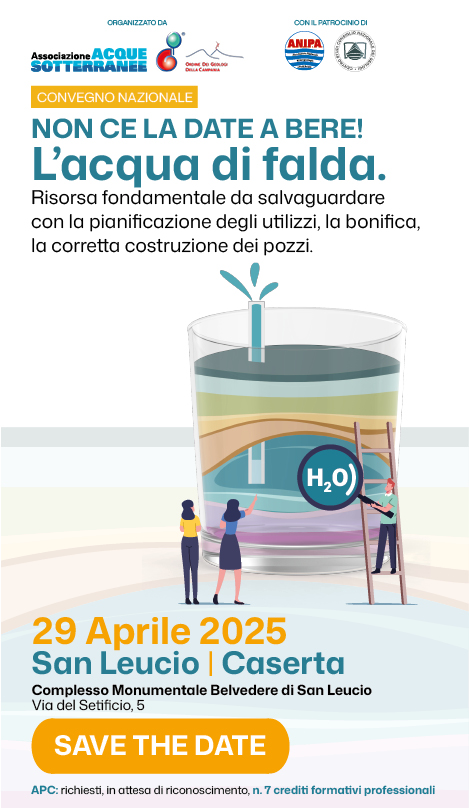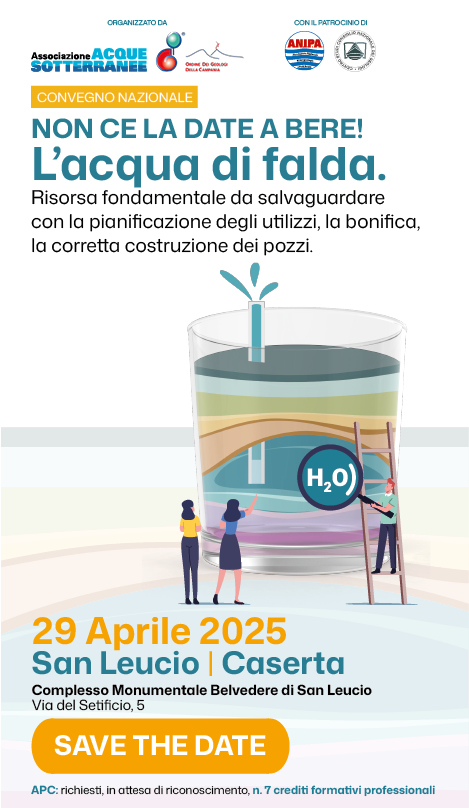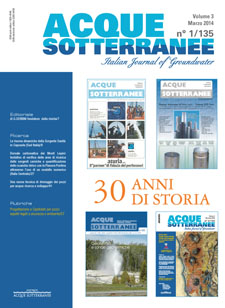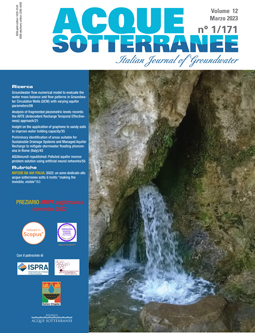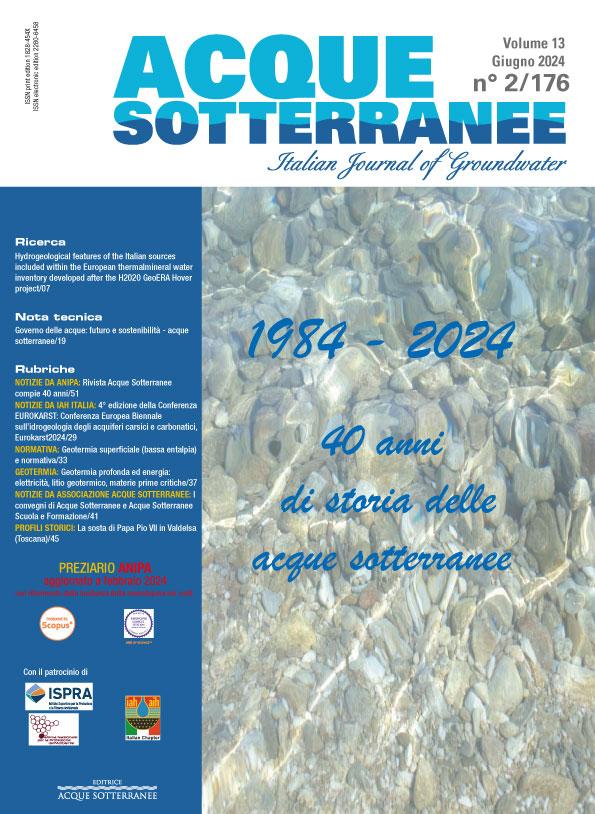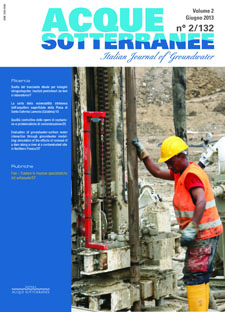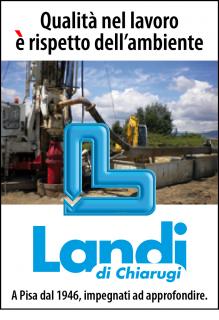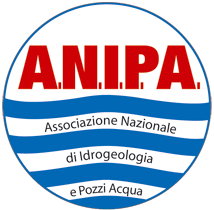Agricultural chemicals and its impact on the quality of water resources: the case of the Valley of Carrizo, Sinaloa, Mexico (Am04037)
The paper describes a study realized in the District of Irrigation 076 Valley of the Carrizo, which is located in the north part of Sinaloa’s State. Politically, it includes departs from Ahome municipalities and The Fort, and geographically are located between the coordinates 26º 05’, 26º 22’ ‘ north latitude and 108º 53’, 109º 00’ of length west. It borders in the northern part on the State of Sonora, in the southern part on the Saw Western Mother and in the western part on the Gulf of California. The general aim of the study is determine the levels of pollution by pesticides and fertilizers in the superficial waters of the District of Irrigation 076 Valley of the Carrizo. A hypothesis is that the rate of application of fertilizers and pesticides for maize growth exceeds the dose recommended by the National Institute of Forest, Agricultural and Cattle Investigations (INIFAP). Another hypothesis is that the superficial waters used in the District of Irrigation 076 Valley of the Carrizo are contaminated by fertilizers since it exceeds to a great extent the norm NOM-001-ECOL-1996 for the maximum permissible limits (LMP) of total nitrogen that is of 15 mg/L and on the other hand for the total phosphorus, which has as LMP 5 mg/L it is not exceeded in any point, as well as by some chemical components of pesticides used in the agriculture of the Valley. The methodology applied to estimate the possible environmental impact of the pesticides in the water, was first determined which are those pesticides and fertilizers that are being used in the sowing of the maize, by means of the application of survey to producers. For the monitoring of the superficial waters of drains collectors and the one discharged to the sea, we followed recommendations of the British Geological Survey (BGS), which coincide with the one of US-EPA and which are used by the Arizona Department of Enviromental Quality in the United States. The method used for the analysis of pesticides was that of Gas chromatography and for the analysis of fertilizers the method NMX-AA-026-SCFI-2001 for N-total; NMX-AA-029-SCFI-2001 for P-total and, for nitrates and nitrites the method of brucina and reduction of cadmium. The results of the survey on the use of fertilizers and pesticides in the region, determined that the dimetoato applies to himself in average 367.1 kg/ha. of nitrogen and 70.05 kg./ha. of phosphorus, the metamidofos, clorotalonil and glifosato, were the pesticides most used for maize growth. The following specific amount has been evaluated for 33,771.73 hectares of maize culture in the cycle autumn - winter 2007-2008.: dimetoato 1.25 lt/ha, metamidofos 1.85 lt/ha, clorotalonil 1.54 lt/ha and glifosato 1.87 lt/ha. Concentrations in superficial water show that nitrates exceed the LMP in all samples, according to the NOM-127-SSA1-1994; the LMP for nitrites has been exceeded in 16 samples and the total nitrogen in 15, of the total of 20. The presence of high concentrations of nitrates and nitrites in the agricultural drains open channel collectors has been confirmed by chemical analyses. These contaminants can contribute to the pollution of the phreatic shallow water, and influence the quality of the water of irrigation, causing a risk for the health of the exposed population, as well as for the fishing activity.

